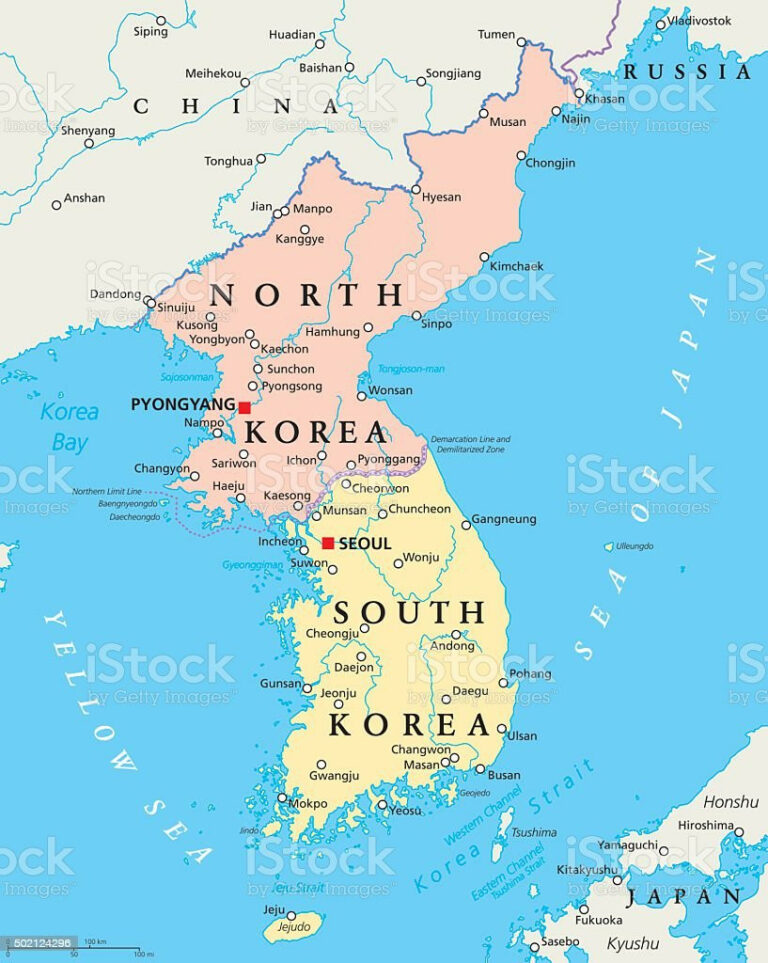As ITA, what activities do you carry out in Korea?
Korea is one of the markets in which ITA is most involved at a promotional level, because it represents the seventh country in the world in terms of promotional resources invested and the third in Asia, after Japan and China. As ITA, in addition to carrying out our annual promotional programme for Italian companies, we operate in Korea through a structure located in Seoul inaugurated in 2019, which is called High Street Italia, and which represents a unique case in the world: it is a sort of ‘Made in Italy showroom’, composed of two exhibition floors, where Italian companies have the opportunity to display their products, and in certain cases to sell them, to which are added two more floors used for events organised by ITA or other institutions of Sistema Italia such as exhibitions, seminars, workshops, etc. High Street Italia acts as a sort of highly visible ‘pop-up’ store for Made in Italy products, because it is located in the Gangnam district, in one of the areas where young people congregate, where the wealthier classes also reside, and where the city’s main shopping arteries are concentrated.
What are the characteristics of the Korean market?
In Korea, Italy plays a dominant role in fashion and luxury goods, sectors that account for over 50% of our exports and represent the most important item of Italian exports to Korea (which is not the case, for example, in the USA, where the main item of our exports is technology and machinery). Moreover, considering the per capita value of luxury-fashion goods exports, it emerges that in Korea this stands at 76 dollars per capita, against, for example, 20 dollars in Japan and 4 dollars in China: a figure that demonstrates the appreciation of the Korean population for Italian products.
Which type is most in demand?
Undoubtedly, brand identity also plays a very important role in Korea, to the advantage of the big brands. However, it should be noted that a growing component of the population is paying more and more attention to ‘dressing well’, as well as to the quality, originality and craftsmanship of the product, also rewarding the proposals of small and medium-sized companies. However, it is essential to invest and work more and more on the communication and visibility of brands and small and medium-sized enterprises that make up the backbone of the Italian economy.
What emerges when we go into a little more detail about the footwear and leather goods sector?
Footwear represents the third largest item of Italian exports to Korea. Italy is the third largest supplier of shoes to Korea, after China and Vietnam. If, however, we refer more specifically to high-end and luxury products, we notice how Italy jumps clearly into first place. Analysing the data, we can see how, after a stagnant phase in 2020, linked to the pandemic period, we are witnessing, starting from 2022, a recovery in exports, albeit slight (equal to +2% on the previous year), for a total of USD 570 million out of a total of USD 3.9 billion of imports from abroad (14% market share). Distinguishing by product type, for Made in Italy, leather footwear appears to be dominant (70% of Italian exports), with a value of 41% of Korean imports for this type of product, while fabric footwear accounts for 21% of Italian exports, with a slightly downward trend. On the other hand, footwear with rubber soles showed considerable growth (+27%), in line with global market trends that reward the comfortable, casual shoe, even if formal.
Finally, a product type that is very popular in the country is the trekking shoe, an activity that is very popular in Korea, even among the less young population. This is a considerable opportunity for those who produce technical footwear, where quality and performance are in demand.
There is a widespread idea that the Korean market, like Asian markets in general, is characterised by a youth component with high purchasing power. What can you tell us about this?
The younger generation plays a key role in purchasing at the high end of the market, including footwear. Young people are increasingly aware of global trends highlighted by international fashion catwalks and, especially after the pandemic, are very attracted to fashion labels, especially sportswear.
What are the demands of the Korean consumer with respect to Italian companies, not only in terms of product, but also for example sustainability?
The Korean consumer, in Made in Italy, looks first of all for quality: a tangible quality, which can be perceived in the materials used, the finishes, the style, etc., and which is therefore able to distinguish itself from others, and which places the product in the highest bracket of the market. After-sales service is also important. In this regard, the importance of local partnerships must be taken into account in order to fully meet consumer expectations. Finally, it is important to emphasise the history and characteristics, including craftsmanship, of the brand, which give identity and uniqueness to the product. In the B2C sphere, the spread of the brand, both in Italy and abroad, and its notoriety also count.
If an Italian brand wanted to approach the Korean market, which events should it take part in, in your opinion?
There are no trade fair events in Korea, so it is crucial for Korean buyers to take part in the most important international fairs, such as Expo Riva Schuh & Gardabags. For the future, we plan to organise some targeted B2B and B2C events, and exploit the full potential of our High Street Italia structure. We are also planning collaborations with the most important e-commerce platforms in the country.



